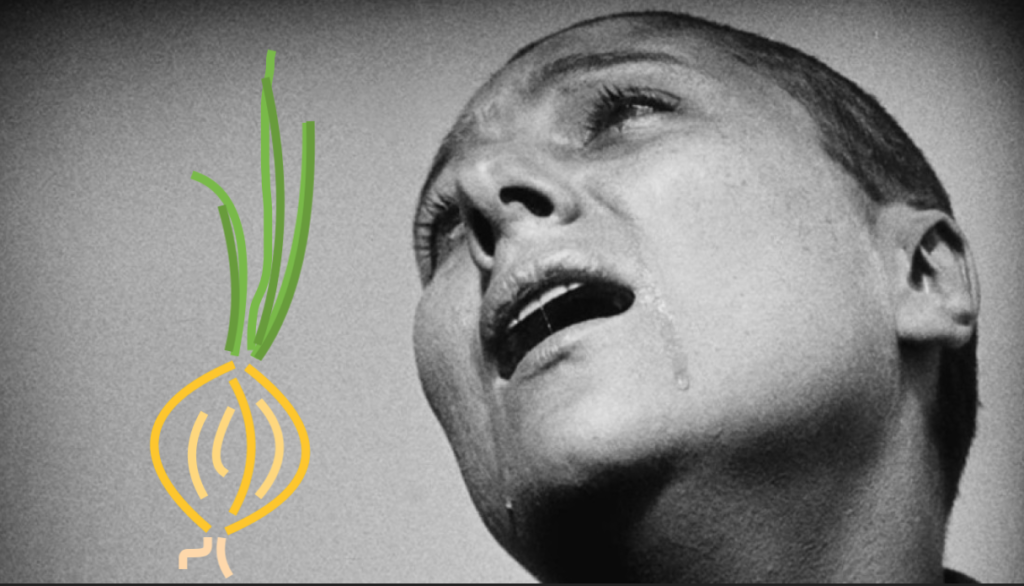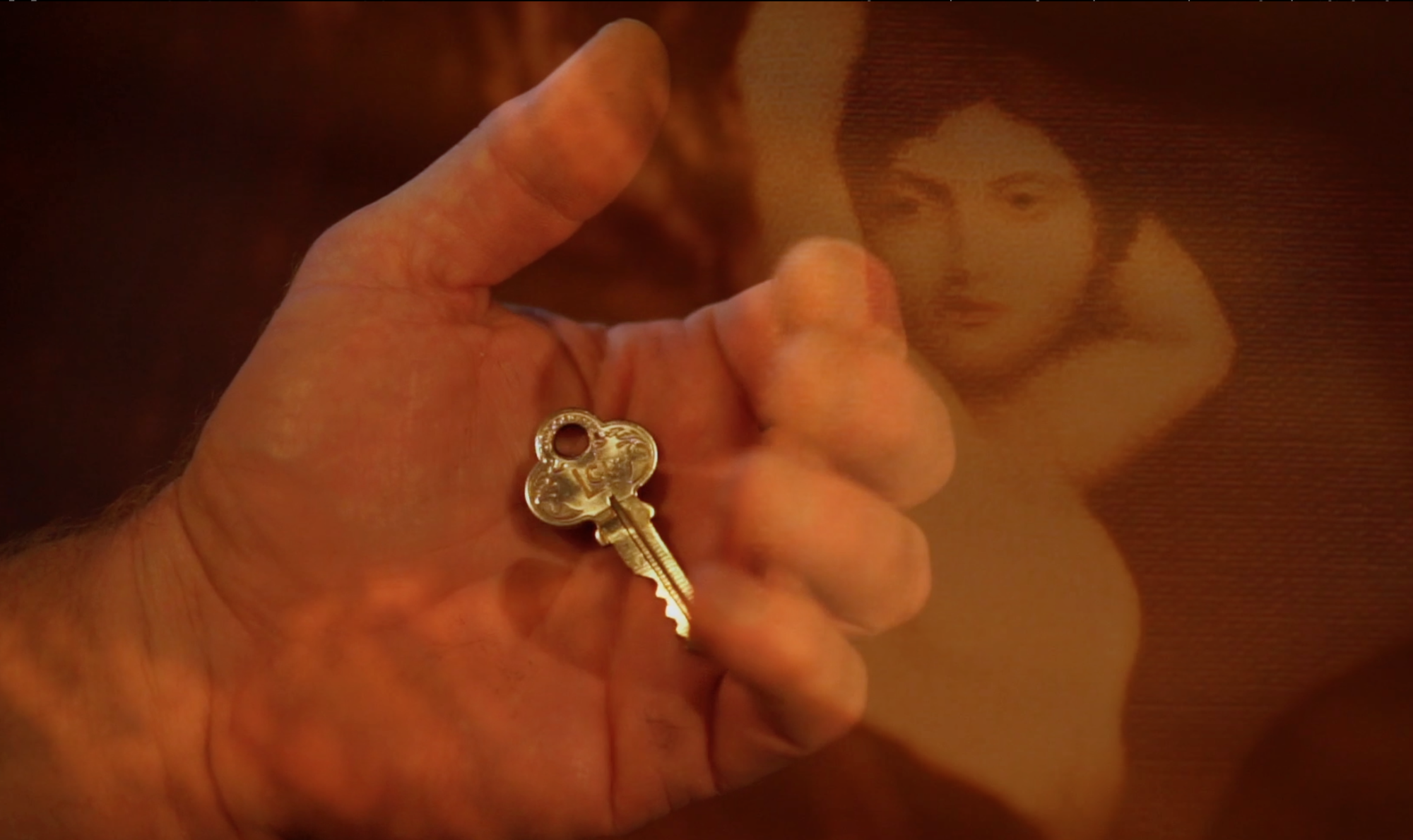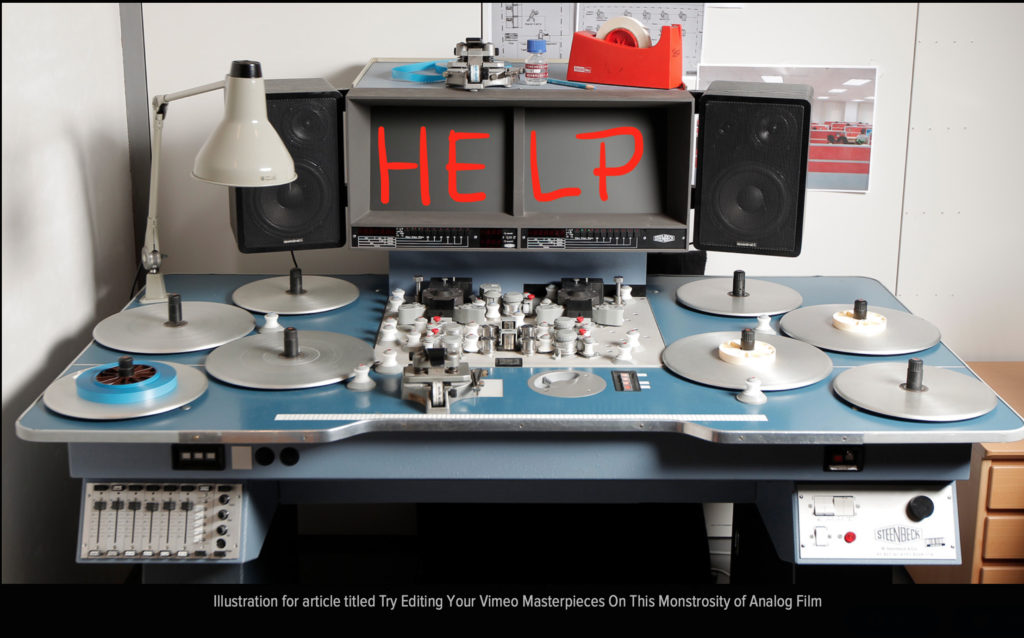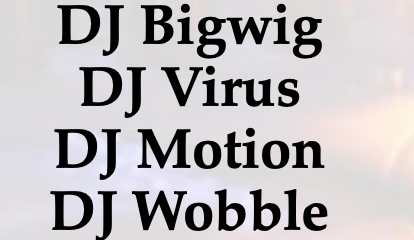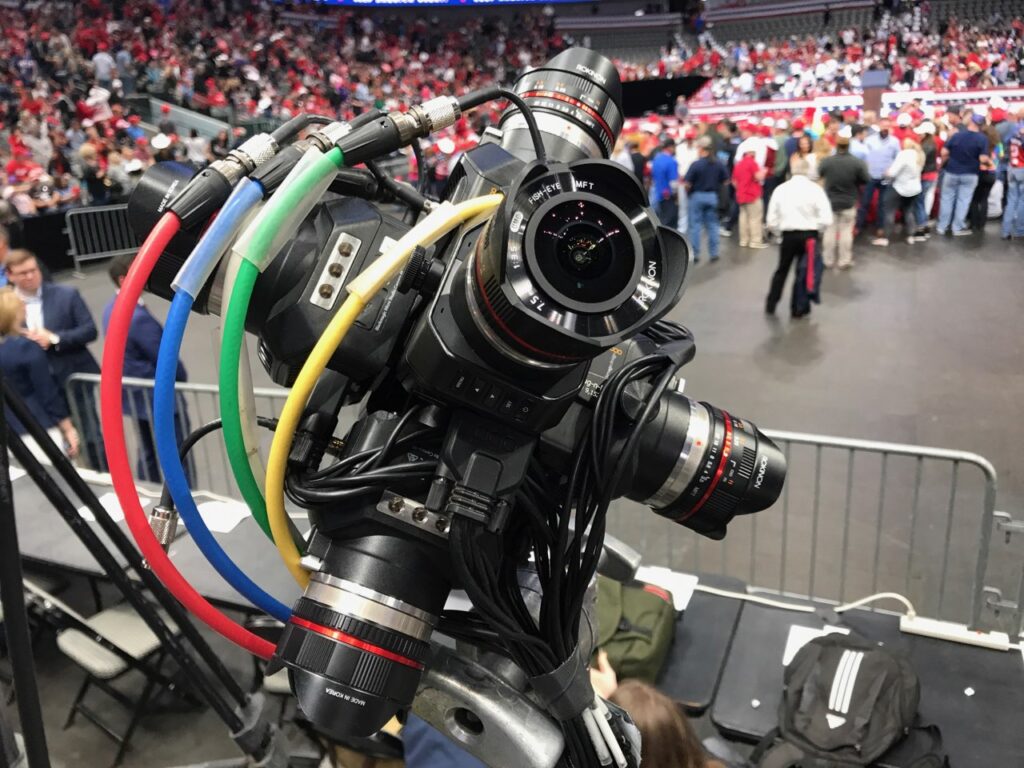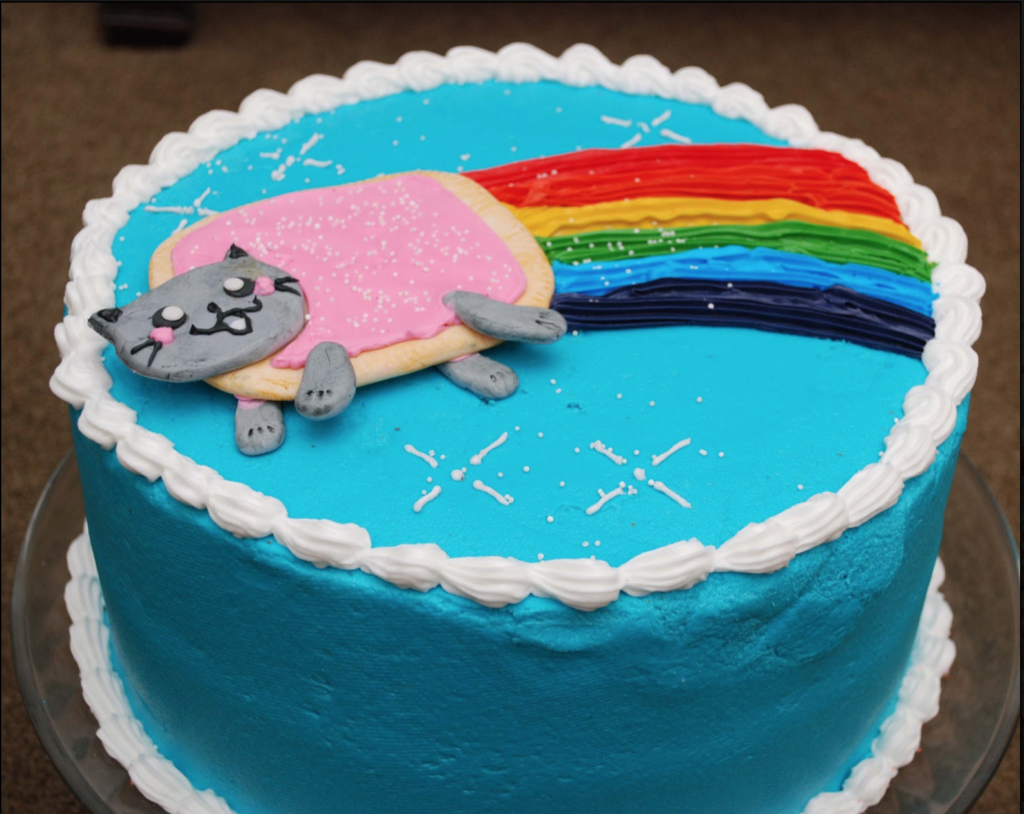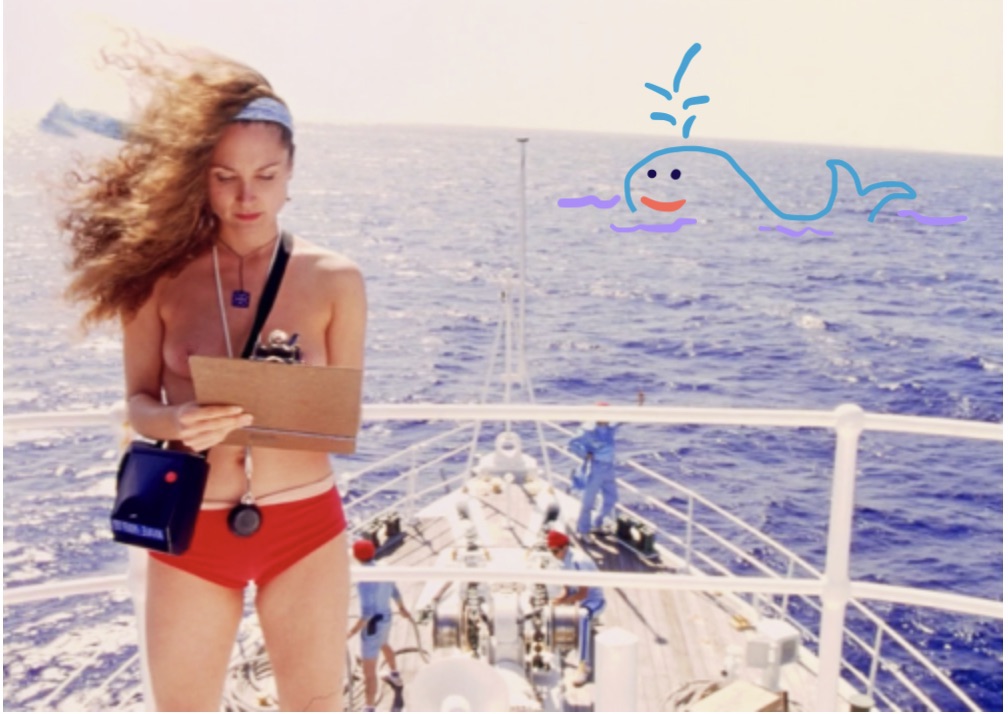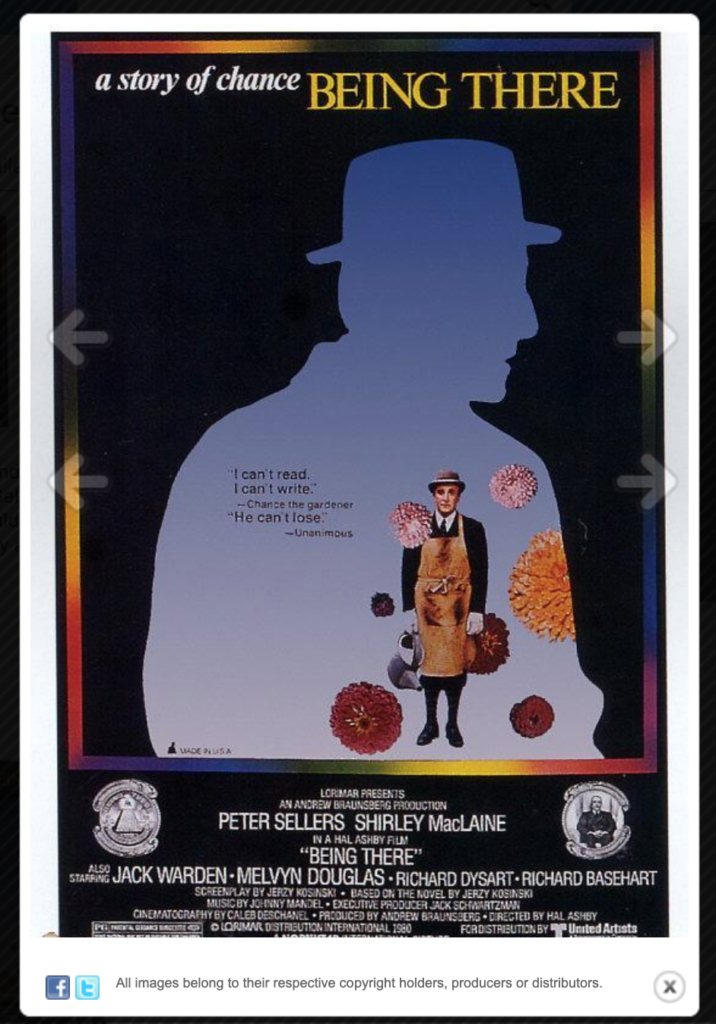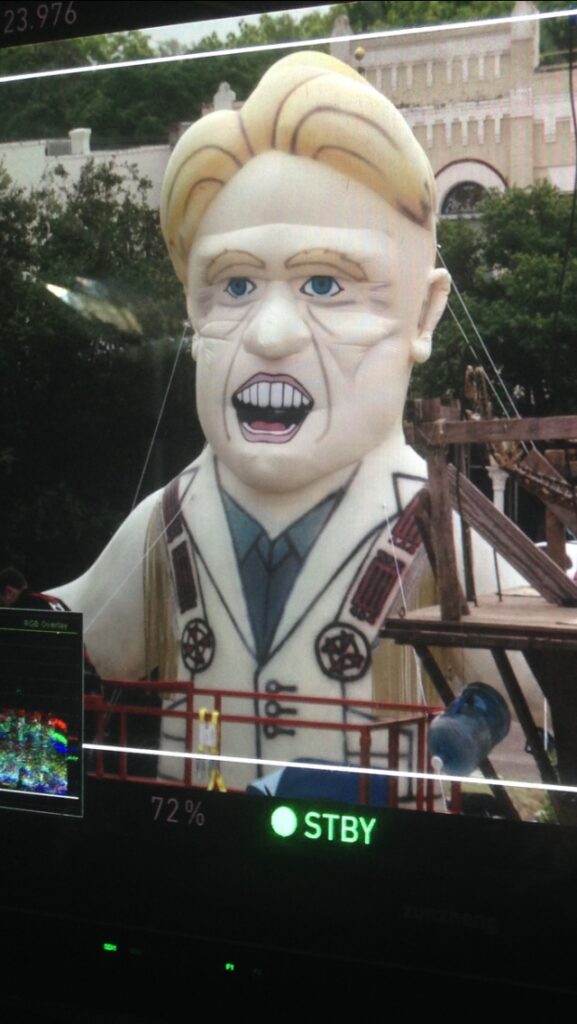
Actors are fascinating. They lie for a living. Or, lets say, pretend. Yet when they etch in a character’s map with the highways, side roads and dead ends we all encounter on life’s journey, the Actor becomes truth-teller, reflecting our own circumstance and emotion, or eliciting our reaction to such.
Script Supervisor supports the Actor by running lines, then as we roll, by (gently) correcting dialogue, or actions for matching when needed. Sometimes we are the messenger for the Director, dashing on to the set with his or her suggestion, and sometimes the Director is the messenger for us!
Before a challenging scene Actors may isolate themselves, do jumping jacks, listen to music. On There Will Be Blood crew was asked to dress in muted, somber, sepia-type colors to help engage the period and stylistic mood for Actors, you believe? Crew may also be asked to work quietly or even clear the set. Whatever it takes to help the Actor concentrate, live in the role, despite a dozen folks aiming cameras and microphones up their face.
I once worked on a low budget Indie that had a cameo appearance with an interesting odd bird who could go from charming to grossly inappropriate, or merrily singing oldies to politically boisterous, in a flash. He created such a deep back story for his character that he often thought out loud, adlibbing lines that had no context or connection within the actual script.
His last scene was in a bar, shot on location in a small Texas town. Camera was about to roll. “Watch this.”
He pulled out a yellow onion, and bit into it, over and over, right through the papery skin, gagging chunks of it down, producing tears and mucus for what seemed to be an almost B-roll shot.
That’s entertainment. And dedication.
I’ve wondered if this is tried and true, an old performing trick, if Shakespeare stood by in the wings of The Globe , slipping a shallot to an otherwise complacent Juliet. Or if Dreyer had his silent screen Joan Of Arc snack on some scallions to squeak out those glorious black and white tears, in close up.
